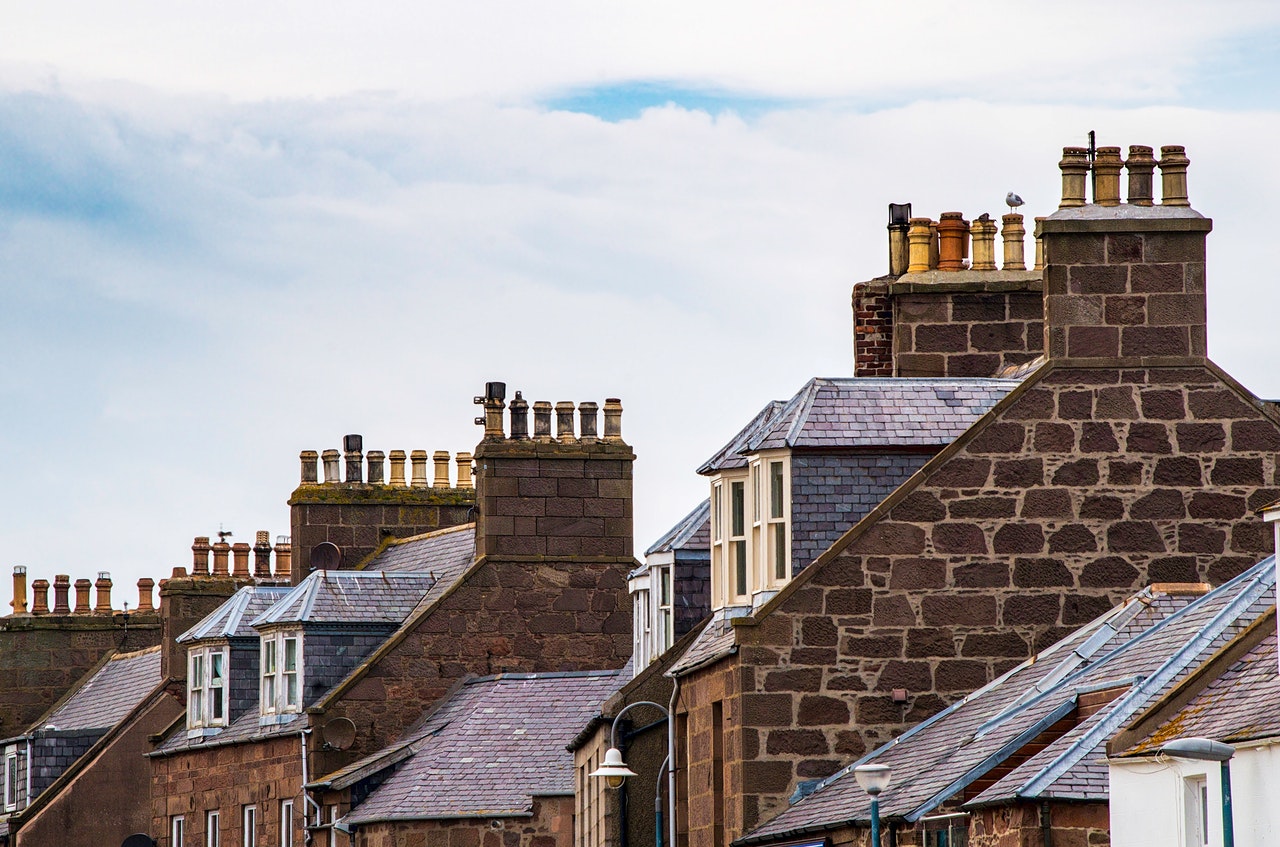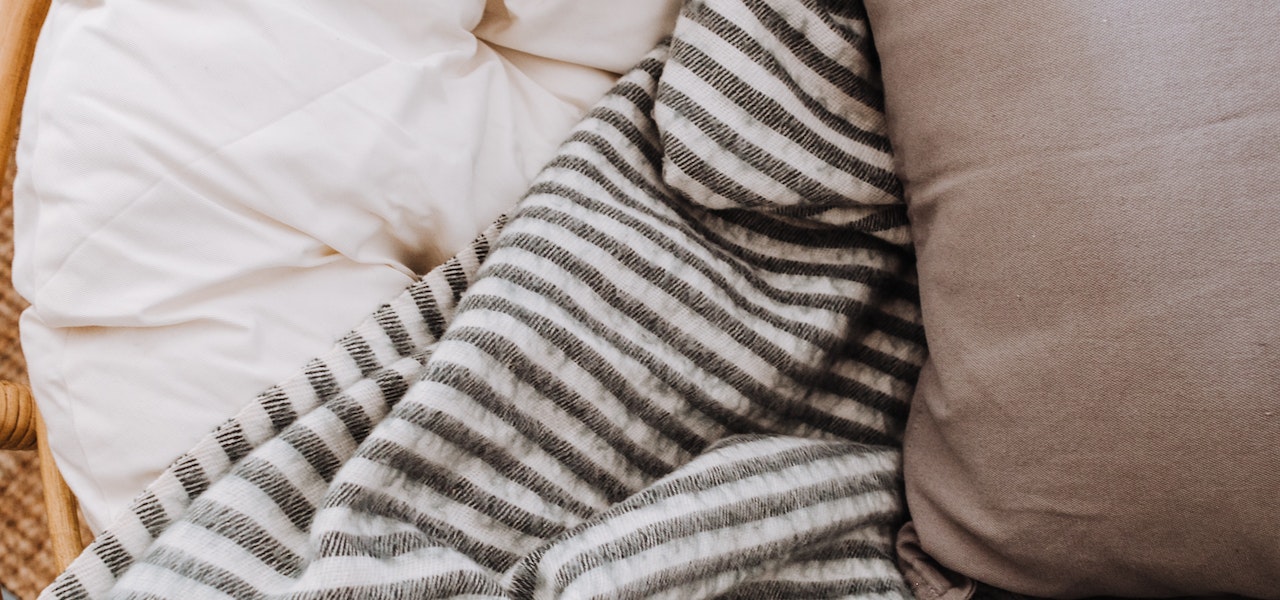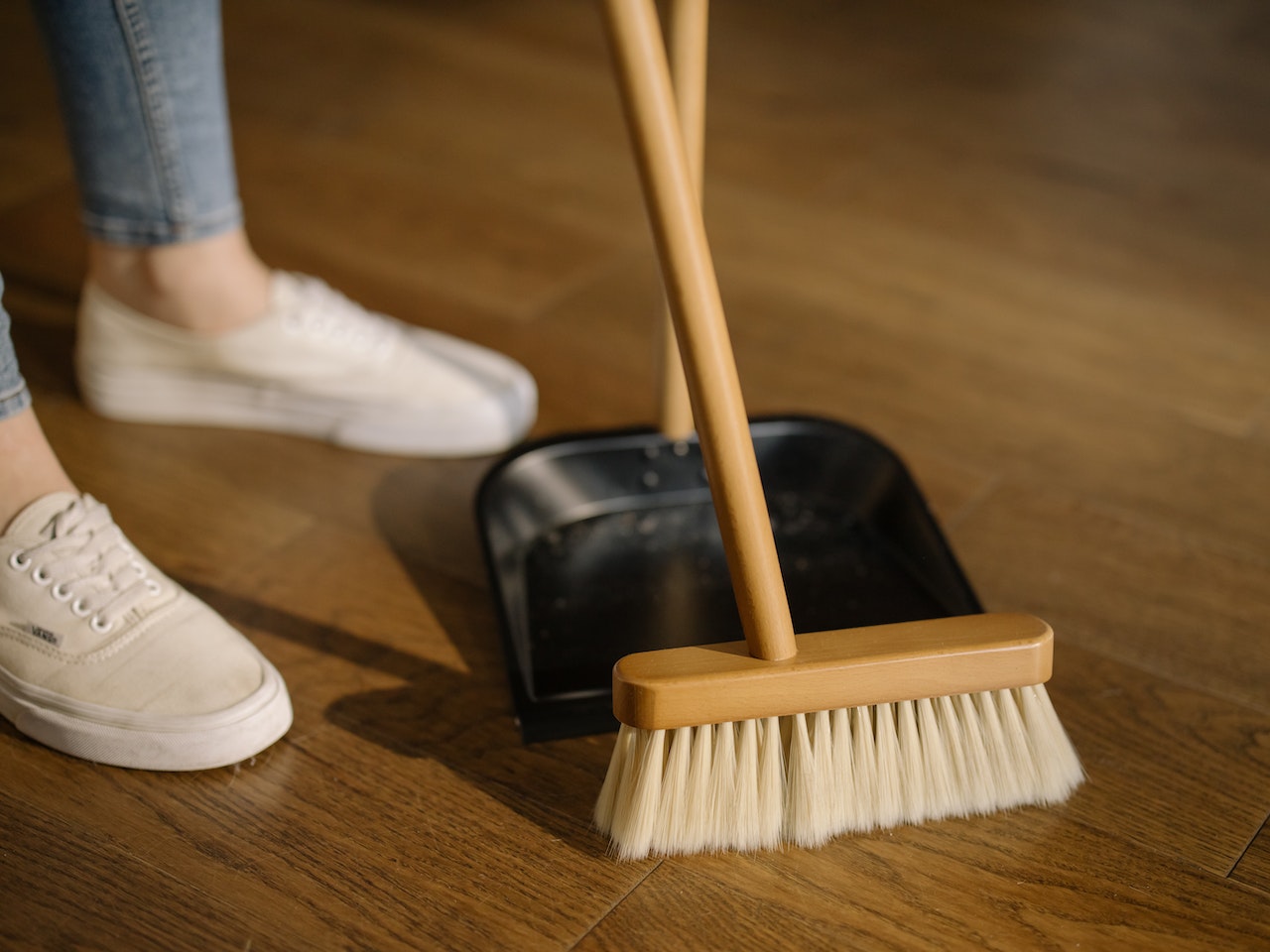
5 Ways Your Home Might Be Harming You
Your home is a safe place. It’s where you sleep at night (if you’re lucky!) and spend time with your loved ones. You shouldn’t ever feel as though you’re in danger in it, yet so many people across the country are at risk without even realising it.
If you’re moving to a new house or concerned that your current home might be unsafe for your family, read on to find five of the most common household causes for concern.
Radiation
If your home is located close to an electrical substation or pylon, there’s a high chance that you and your family may be exposed to electromagnetic field (EMF) radiation. High levels of exposure to EMF radiation can lead to health conditions such as cancer and leukaemia, as well as worsening the effects of existing conditions. If you want to make sure your home is radiation-free, enlist the help of a company that conducts EMF surveys. They will be able to monitor the levels of EMF radiation in and around your home to determine whether it is a safe place to live.
Carbon monoxide
Carbon monoxide is one of the biggest household threats. It’s particularly dangerous since it is completely tasteless and odourless, so impossible to detect by sense alone. Carbon monoxide can escape from poorly fitted or ventilated appliances such as boilers, cookers and gas fireplaces. To keep your home safe from carbon monoxide, have your appliances serviced once a year and install a carbon monoxide detector.
Mould
Mould is common in many older houses and may not seem like much of a danger. However, prolonged exposure to large amounts of mould can lead to respiratory problems and potentially anaphylactic shock. Mould comes from excessive moisture, so proper ventilation, a dehumidifier and low-level heating are effective solutions to keep surfaces warm and dry. If you’re not sure whether you have mould in your home, you might want to look for services offering mold inspection in Conifer, CO (or wherever you are) to determine what action might need to be taken.
Paint
If your house was built before the 1960s, there is a good chance that it contains lead-based paint. When ingested, this can lead to lead poisoning, which manifests itself as intense headaches and respiratory problems. If in doubt, you should have your paint inspected and if found to contain lead, it should be removed.
Chimneys
You probably don’t pay any attention to your chimney and think it’s just there for show. But a neglected chimney can be incredibly harmful. If you don’t keep your chimney clean, it can cause a buildup of creosote, which can pose several risks. Firstly, it releases foul odours that can be harmful if ingested. Secondly, a creosote-blocked fireplace can lead to increased carbon monoxide levels in the home. And lastly, creosote is highly flammable, so in the worst-case scenario, it could end up engulfing your entire home. Keep your chimneys regularly swept and inspected to ensure they are well maintained.
*This is a collaborative post.



